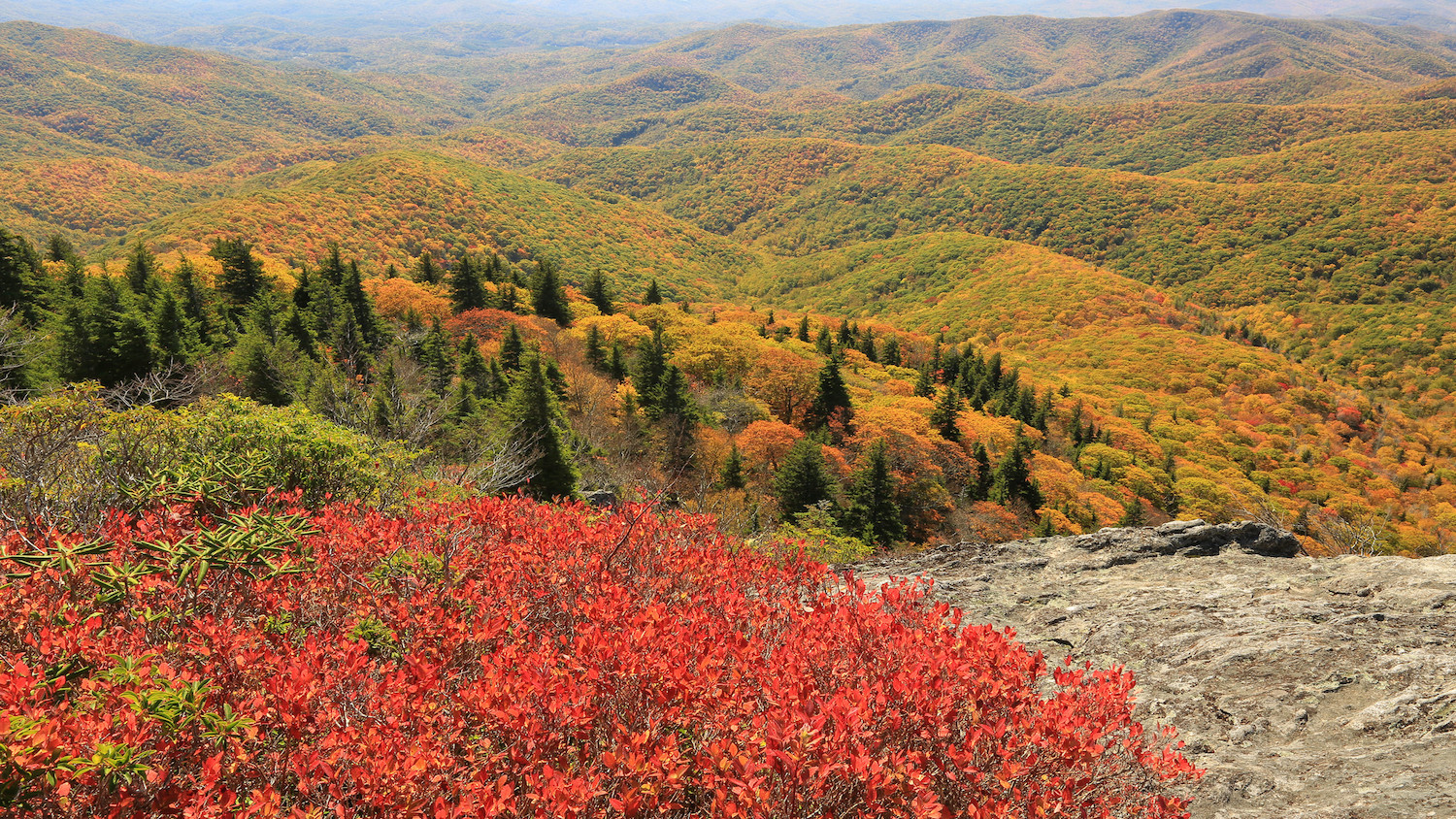New Report Explores SECAS Mission and Success Over the Past Decade

A new report by the Southeast Conservation Adaptation Strategy, SECAS FUTURES: Structuring Governance to Achieve Landscape-scale Conservation Outcomes, was released on March 31, 2021. This report was supported through the SE CASC funded project, Vital Futures: Conservation Adaptation Planning for Landscape and Climate Change in the Southeast and through a SE CASC Global Change Fellowship awarded to Kathryn Jewell. The following web-post was written by 2020-21 Global Change Fellow, Kathryn Jewell.
To learn more about this information contained in the report, please join us on June 10 at 11am ET for a presentation by Nils Peterson, Lessons for Landscape-scale Conservation Learned from the Southeast Conservation Adaptation Strategy. Learn more and register.

The Southeast Conservation Adaptation Strategy (SECAS) partnership has been operating since 2011, and their efforts are focused on promoting a vision for landscape conservation across the Southeast. The official vision is to promote “a connected network of lands and water that supports thriving fish and wildlife populations and improved quality of life for people.” This vision is achieved through the goal of “a 10% or greater improvement in the health, function and connectivity of Southeastern ecosystems by 2060.” The SECAS partnership includes membership from state and federal agencies, as well as nonprofit conservation organizations. SECAS also focused on being an information hub, and hosts the Southeast Conservation Blueprint, a tool that has identified important areas for conservation. SECAS functions through collaboration with individuals from their partners, but also from the guidance of a Steering Committee. This committee asked for an assessment of how SECAS is working to progress the vision. The assessment consisted of interviews from individuals from partner organizations regarding their perspectives of how SECAS has assisted them in their organizations’ goals, as well as opinions on how SECAS could improve. Additionally, a literature review and case study analysis were conducted to determine the best practices for large, landscape-scale partnerships.
Interviews with 22 points of contact from partner organizations highlighted the idea that SECAS is a novel forum for collaboration and information and showed that partners hold SECAS in high regard. The Southeast Conservation Blueprint was specifically called out as a useful tool for determining priorities for purchase and protection. SECAS was also highlighted as a means for bringing together agencies that have been unconnected, as well as building inter-agency partnerships. In terms of how point of contacts believed SECAS could improve, the two most common themes were centered around communication and stakeholder engagement. Specific improvements included considering succession planning and continuing to diversify the partnership in terms of the organization represented.
The literature review highlighted that one of the best practices for large, landscape-scale partnerships is to model the governance after the concept of ecological integrity, in that similar elements (structure, composition, process, and function) improve both ecological integrity and partnership outcomes. Further, governance should hold the ability to adapt and change. The need for regular assessment and using evaluation framework is important. Case study analysis evaluated the governance system of SECAS, in addition to the Midwest Landscape Initiative, the Western Native Trout Initiative, and Nature’s Network. The case study analysis noted that while one size does not fit all, there are common threads that enhance the partnerships and their governance systems. Using shared science, defined goals, institutional support, leadership team, strong relationships, and history of adaptation were highlighted as common themes between the different partnerships.
Overall, SECAS has been successful in their decade of work. Success has been shown through effective relationships and providing value based on the assessment from stakeholder interviews, literature review, and case study work. Recommendations include making the SECAS Steering Committee a permanent committee, and installing a permanent, full-time coordinator. Doing so will cement the place of SECAS in the Southeast and show commitment to preserving the partnership. Further, development of succession planning and transition materials will ease in the changing of staff and points of contact.
Authors
Shawn Johnson (University of Montana), Anna Wearn (University of Montana and Center for Large Landscape Conservation), Nils Peterson (NC State University), Kathryn Jewell (NC State University), Rachel Teseneer (NC State University), Wylie Carr (US Fish & Wildlife Service), Mallory Martin (US Fish & Wildlife Service).
Access the report.
- Categories: